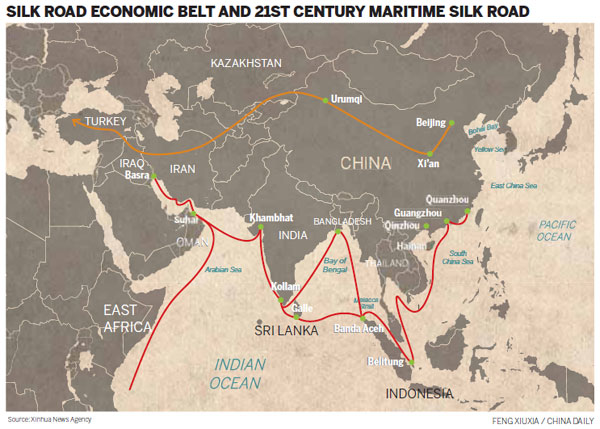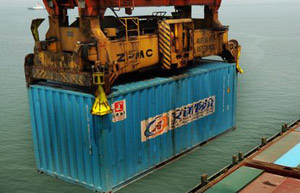
Industry players, alongside policymakers and academics, gathered in Macao recently for this year's Global Tourism Economy Forum to further explore the strategic intercontinental cooperation in tourism and business opportunities across nations, provinces and cities along the MSR route.
The forum theme, dubbed Maritime Silk Road - From Macao We Begin, builds on the unique role of Macao in the ancient MSR to bridge tourism developments between East and West.
It comes at a time when China's outbound tourism to countries making up the Association of Southeast Asian Nations has experienced some bumps this year as a result of the continuing impact of China's new tourism law that raised the price of outbound tours, the tense relationship with Vietnam and the Philippines triggered by territorial disputes, and the political instability in Thailand.
While the impact of these issues might fade over time, China still enjoys huge potential for growth.
"There has been a significant shift in lifestyle within China, with many more people now possessing the means, incentive and opportunity to travel," says Michael Parnwell, a professor of Southeast Asian studies and regional tourism at the University of Leeds in the United Kingdom. "We can thus expect outbound Chinese tourists to spread further and deeper into the destination territories."
While Parnwell regards tourism as a "by-product" rather than the principal aim of the MSR for the participating countries, the program has been packaged as a tourism-enhancing undertaking on the Chinese mainland.
Fangchenggang, a coastal city in Guangxi, recently opened an MSR-themed cruise route along the Gulf of Tonkin, a bay located off the coast of northern Vietnam and southern China.
Meanwhile, Guangdong has decided that tourism will be the guiding industry in its attempt to build the MSR, the deputy governor of Guangdong, Zhao Yufang, announced in July.
Statistics from the China National Tourism Administration show that the number of outbound Chinese tourists has been growing by 20 percent over the past four years, to reach 100 million in 2013.
Meanwhile, China has consolidated its position as the No 1 tourism source market in the world, with $129 billion spent by Chinese tourists in 2013, data from the World Tourism Organization showed.
Affordable prices and solid socio-cultural connections mean that Southeast Asian countries are among the most popular tourist destinations for Chinese holidaymakers, with Thailand, Cambodia, Malaysia and Vietnam being among the top 10 outbound destinations. According to Qunar, ASEAN countries make up about one-third of their outbound business volume, with a year-on-year growth of over 100 percent in recent years.
However, Chinese outbound tourism to Southeast Asia has tumbled this year. Simon Lee Yew Weng, investment consul at the Consulate General of Malaysia, said that the disappearance of Malaysia Airlines flight MH370 in July had an immediate impact on the tourism sector in Malaysia. Yet the dip in tourism would be temporary, he said.
Given the decline in regional tourism, China's resolve to build the MSR could be an opportunity to recalibrate policies and accelerate the recovery of regional travels.
 |
 |
| Chinese company seeks partnership along Maritime Silk Road | Qinzhou banks on new Maritime Silk Road |
